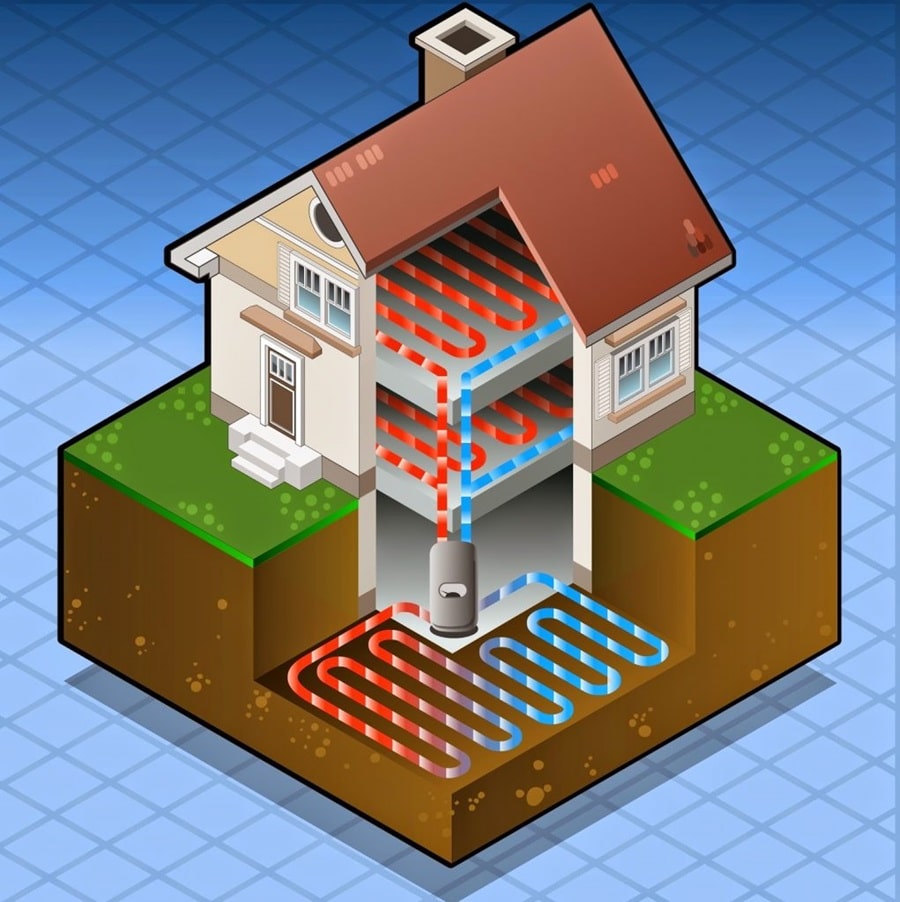Watering a lawn may seem straightforward, but the nuances involved in maintaining the perfect green can be quite intricate. From understanding the unique needs of specific grass types to recognizing the dangers of improper watering, many factors must be considered. This guide seeks to demystify these complexities, ensuring lawns thrive and remain environmentally friendly in their water consumption. The subsequent sections will navigate through techniques, timing, and tools to ensure every lawn lover becomes adept at this essential gardening skill.
Contents
- 1 Understanding Your Lawn’s Needs
- 2 Signs Of Over-Watering and Under-Watering
- 3 Ideal Watering Times
- 4 How Much Water Is Enough?
- 5 Deep Watering vs. Frequent Shallow Watering
- 6 Utilizing Rainwater
- 7 Automatic Sprinklers and Irrigation Systems
- 8 Conservation and Sustainable Watering
- 9 Evaluating Watering Tools and Equipment
- 10 The Bottom Line
Understanding Your Lawn’s Needs

Different grasses possess varying water requirements. While cool-season grasses such as Kentucky bluegrass or fescue might prefer cooler, moist climates, warm-season varieties like Bermuda and Zoysia thrive in hotter regions. This distinction plays a pivotal role in determining watering schedules and amounts. Beyond grass type, the soil’s nature is paramount. Sandy soils, notorious for quick water drainage, often necessitate more frequent watering, unlike clay soils that retain moisture for extended periods. Therefore, understanding one’s soil and grass type becomes the foundation for successful lawn watering regimens.
Signs Of Over-Watering and Under-Watering

A thriving lawn is balanced, and striking that balance means being alert to the signs of both over-watering and under-watering. Overwatered lawns might exhibit a spongy feel, and they’re often prone to fungal diseases due to the excess moisture. Yellowing of leaves, a clear sign of water stress, can indicate both too much and too little water. Conversely, under-watered lawns display a blue-gray tint and footprints that remain visible long after being made. Such signs underline the importance of consistent monitoring, adjusting watering habits to ensure grass remains healthy and vibrant.
Ideal Watering Times

Determining the optimal time to water is crucial. Early morning watering, usually between 4 a.m. to 10 a.m., is ideal as it allows grass to absorb moisture before the sun’s intensity increases. This approach reduces water loss through evaporation and curtails the onset of fungal diseases. Evening watering, though seemingly convenient, can be counterproductive. The water clinging to grass blades overnight can promote disease. Seasons also influence watering time; for instance, during fall, it might be more beneficial to water during the late morning. Thus, adapting to seasonal and climatic changes ensures a healthier lawn.
How Much Water Is Enough?

Grasping “just right” in lawn watering can be elusive. Common wisdom touts the “inch-per-week” rule, where most lawns benefit from this amount of water, whether from rainfall or irrigation. However, several external factors might necessitate adjustments. A week of heavy rainfall could mean skipping the watering schedule altogether, whereas a particularly hot and dry spell might require more frequent watering sessions. Therefore, while general rules provide guidance, keen observation, and flexibility are key. Tools like rain gauges can assist in keeping tabs on natural precipitation, aiding homeowners in making informed watering decisions.
Deep Watering vs. Frequent Shallow Watering

Watering is not just about frequency but also about depth. Deep watering, which entails thorough soaking, encourages grassroots to delve deeper into the soil, fostering resilience during droughts. This approach is often more beneficial than frequent shallow watering, which might only wet the surface and promote shallow root growth. Grass with shallow roots is less hardy during dry spells and can exhibit signs of stress more readily. Hence, while it might seem counterintuitive, watering less frequently but deeply can lead to healthier, more resilient lawns.
Utilizing Rainwater

Harnessing nature’s supply can be both economically and environmentally rewarding. Collecting and using rainwater reduces dependency on municipal supplies, ensuring lawns receive untreated, soft water. To this end, setting up rain barrels can be instrumental. Not only do they provide a steady water supply during dry spells, but they also help in water conservation efforts. Yet, while rainwater has its merits, ensuring its purity is crucial. Covering barrels, using filters, and occasional cleaning can keep stored water free from contaminants and are ideal for lawn use.
Automatic Sprinklers and Irrigation Systems

The allure of automation is undeniable. Automatic sprinkler systems promise consistent watering without the hassle of manual intervention. They come equipped with timers and rain sensors and can be zoned to uniquely cater to different lawn sections. However, while convenient, they aren’t devoid of challenges. Maintenance, for instance, is crucial. Sprinkler heads can clog or malfunction, leading to uneven watering. Furthermore, winterizing these systems in colder regions is imperative to prevent damage. Despite these challenges, with proper care, these systems can be invaluable tools for those seeking a hands-off approach to lawn care.
Conservation and Sustainable Watering

In an era increasingly aware of environmental concerns, water conservation takes center stage. Lawns, while aesthetically pleasing, need not be water guzzlers. Techniques like xeriscaping, which involves landscaping with drought-resistant plants, can significantly reduce water needs. Opting for drought-tolerant grass varieties can offer lush lawns without excessive water consumption. Efficient watering tools, such as soaker hoses and drip irrigation systems, ensure water reaches plant roots directly, minimizing wastage. Embracing such sustainable practices guarantees a green lawn in every sense.
Evaluating Watering Tools and Equipment

The tools you choose for watering can significantly influence the effectiveness of your efforts. Traditional garden hoses, while universally accessible, may not always provide the most efficient means of hydration. They can sometimes distribute water unevenly and waste water due to over-spray or evaporation. On the other hand, soaker hoses and drip irrigation systems offer targeted watering, delivering moisture directly to the root zones, ensuring minimal loss and maximum absorption. These systems are especially beneficial for gardens and plant beds.
Sprinkler systems, both stationary and oscillating, can cover larger areas, making them ideal for expansive lawns. Yet, it’s crucial to position them judiciously to avoid watering non-plant areas like driveways or sidewalks. Also, regular checks for wear and tear, ensuring even water distribution, and calibrating their range, can make a significant difference. The world of watering tools is vast, and understanding the merits and demerits of each can ensure not just a thriving lawn but also efficient water use. As always, matching the tool to the task is the gardener’s mantra.
The Bottom Line
In lawn care, watering stands out as an art as much as it does a science. Recognizing a lawn’s unique needs, adapting to changing climatic conditions, and leveraging the best tools and techniques can transform even the most lackluster turf into a verdant paradise. Yet, as this guide underscores, it’s not just about aesthetics. Conservation and sustainability are integral. By marrying the desire for picturesque lawns with eco-conscious practices, one ensures that the joys of a lush, green lawn remain accessible for generations to come.



